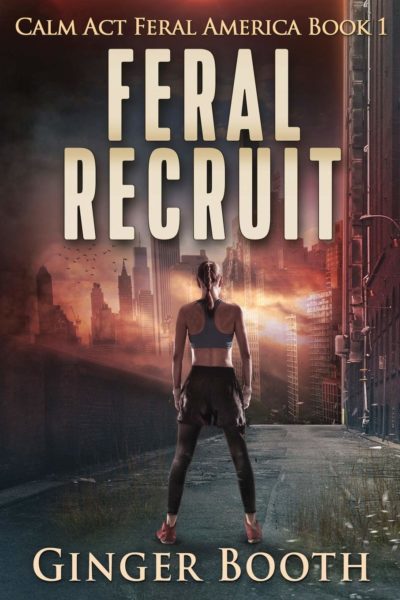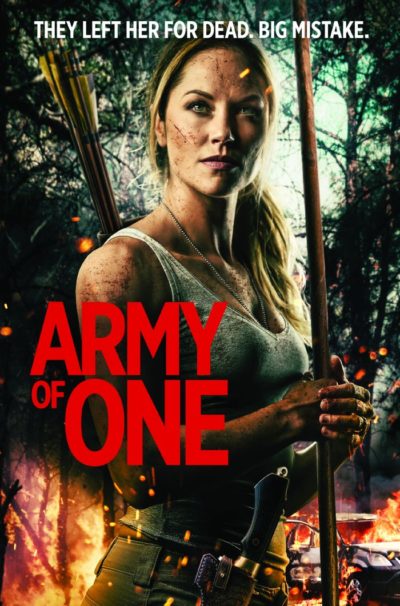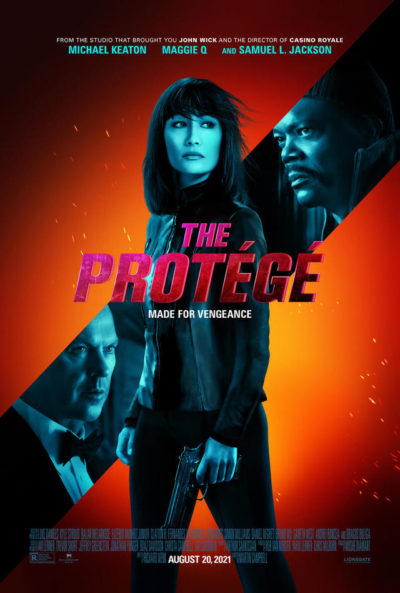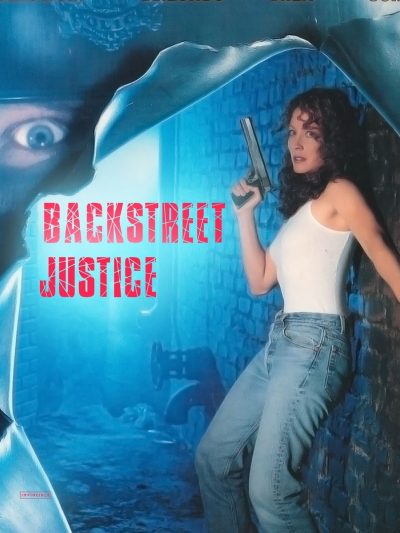Literary rating: ★★★½
Kick-butt quotient: ☆☆☆
 While this does take a bit of time to get going, it’s worth persisting with. For there’s some particularly impressive world building here, and characters who are not your typical young adult fare. This takes place in a post-apocalyptic world, after an Ebola outbreak has devastated the United States, causing it to disintegrate into a collection of “superstates”, combining various old states into larger, autonomous territories. New York was, to borrow a (profane but accurate here) line from Snatch, “Proper fucked.” After the disease broke out, the city was sealed off and the epidemic left to burn itself out. The population was decimated, both by Ebola, and the lack of food which followed, known as “The Starve”. Only now, years later, has the city been re-opened and the survivors are beginning to rebuild.
While this does take a bit of time to get going, it’s worth persisting with. For there’s some particularly impressive world building here, and characters who are not your typical young adult fare. This takes place in a post-apocalyptic world, after an Ebola outbreak has devastated the United States, causing it to disintegrate into a collection of “superstates”, combining various old states into larger, autonomous territories. New York was, to borrow a (profane but accurate here) line from Snatch, “Proper fucked.” After the disease broke out, the city was sealed off and the epidemic left to burn itself out. The population was decimated, both by Ebola, and the lack of food which followed, known as “The Starve”. Only now, years later, has the city been re-opened and the survivors are beginning to rebuild.
The heroine here is Ava Panic – originally pronounced “Pah-nich”, but no-one bothers now. She survived as a gang rat in the White Rule group, rising to become “Queen Bee”, alongside its leader, Frosty. Eventually growing disenchanted, she left for a more official life and work, running one of the crews involved in rebuilding Manhattan. But an opportunity arises with the army looking to recruit new soldiers for the security forces. While they’re prepared to overlook Panic’s questionable past, how can a tiny girl, no matter how fierce and capable, cope with the ferocious physical demands of basic training? Never mind the discipline required by the military, a sharp contrast to her lawless gang rat life.
At times, it does feel like I was thrown in the deep end; there is a whole series of prequels available, which might have addressed this. A Book 1 needs to be able to stand on its own, and this was on slightly shaky ground there early on. But the depth of the world gradually made sense, and I appreciated the gutsy way in which Booth made her heroine imperfect. Indeed, making her a white power supporter – even a former one – is kinda risky, in terms of evoking heroine empathy. Admittedly, she joined White Rule after a particularly shocking incident, and Booth manages to make both Ava and Frosty more than the obvious Aryan stereotypes.
There has clearly been a lot of thought put into the detail of how society might be rebuilt after a world-shattering event like this – and another follows in the second half, when a tsunami triggered by the collapse of the melting ice-caps, sweeps the East coast of America. Perhaps it gets bogged down a little too much in those minutiae on occasion, though it’s never long before Ava’s progress forward continues. Interestingly, it doesn’t end quite the way I expected from the synopsis, but it’s always good when some problems are too much for a heroine to overcome; it makes them more human. This first installment finishes with Ava’s life heading in a different direction, and it’s one I’d be curious to follow her into.
Author: Ginger Booth
Publisher: Createspace Independent Publishing Platform, available through Amazon, both as a paperback and an e-book
1 of 4 in the Calm Act Feral America series.






 The sport of arm-wrestling has been featured in the movies before, most notably the Sylvester Stallone vehicle, Over the Top. But that wasn’t a comedy – at least, not intentionally. This entry, as well as switching to the distaff side, also has its tongue in cheek, while still sporting a strong message about female empowerment, that never becomes a lecture. If you’re looking for an inspiration I’d saw the
The sport of arm-wrestling has been featured in the movies before, most notably the Sylvester Stallone vehicle, Over the Top. But that wasn’t a comedy – at least, not intentionally. This entry, as well as switching to the distaff side, also has its tongue in cheek, while still sporting a strong message about female empowerment, that never becomes a lecture. If you’re looking for an inspiration I’d saw the 

 This was a rather pleasant surprise. I was expecting a pretty naff entity, more interested in titillation than anything else. I actually got a thoroughly entertaining 90 minutes, with considerably better martial arts than I predicted. Sure, the story – as the tag-line above suggests – is hardly original, and the performances are… well, let’s say variable, and leave it at that. Yet this overcomes its limitations with heart and energy. It takes place in a recently abandoned school where a film club have gained permission to make a movie starring Sakura (Miyahara) and Maki (Aono). Shooting of their zombie epic is rudely interrupted by the arrival of a gang of miscreants, led by J-Rose (Morishita). They’re looking for five USB drives hidden in the school, that combine to give access to money embezzled by a previous school head. They lock down the establishment, and won’t let five schoolgirls get in the way.
This was a rather pleasant surprise. I was expecting a pretty naff entity, more interested in titillation than anything else. I actually got a thoroughly entertaining 90 minutes, with considerably better martial arts than I predicted. Sure, the story – as the tag-line above suggests – is hardly original, and the performances are… well, let’s say variable, and leave it at that. Yet this overcomes its limitations with heart and energy. It takes place in a recently abandoned school where a film club have gained permission to make a movie starring Sakura (Miyahara) and Maki (Aono). Shooting of their zombie epic is rudely interrupted by the arrival of a gang of miscreants, led by J-Rose (Morishita). They’re looking for five USB drives hidden in the school, that combine to give access to money embezzled by a previous school head. They lock down the establishment, and won’t let five schoolgirls get in the way.

 It’s nice to see Maggie Q get back into the action genre again. It’s where she achieved renown – most obviously in the second
It’s nice to see Maggie Q get back into the action genre again. It’s where she achieved renown – most obviously in the second  It’s difficult to put a finger on exactly what makes this so flat and uninteresting. The individual elements are fine – or, at least, don’t stand out as being particularly troublesome. However, the end product failed to hold my attention, particularly over the second half. It may be a case of the whole being considerably less than the sum of the parts, though if there was a single factor, I’d have to point at the story. This is probably too complicated for its own good, especially in a 90-minute movie: less would likely have been more.
It’s difficult to put a finger on exactly what makes this so flat and uninteresting. The individual elements are fine – or, at least, don’t stand out as being particularly troublesome. However, the end product failed to hold my attention, particularly over the second half. It may be a case of the whole being considerably less than the sum of the parts, though if there was a single factor, I’d have to point at the story. This is probably too complicated for its own good, especially in a 90-minute movie: less would likely have been more.